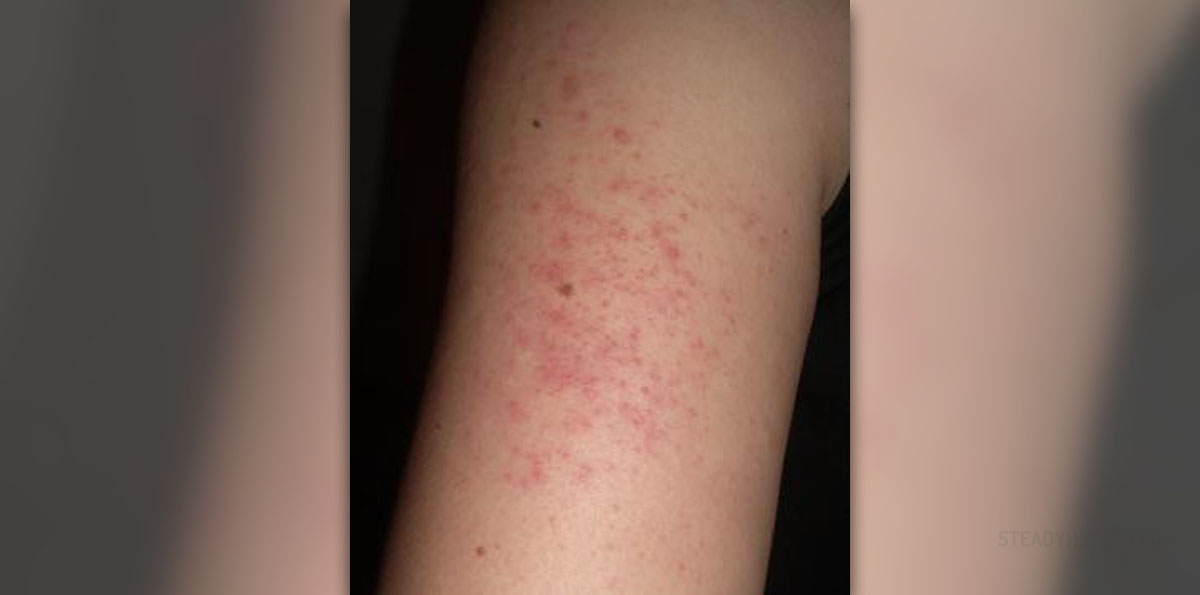
Keratosis pilaris is a medical condition which may affect both, adults and children. It is actually the same disease with no difference at all and features with small white bumps that occur of the skin. It predominantly affects the upper arms and thighs. Keratosis pilaris develops when a hair follicle is blocked with keratin, a protein normally found in the skin, nails, and hair. Apart from this standard form of the disease, keratosis pilaris in children may occur in a form of keratosis pilaris rubra faceii. This condition features with reddish rash on the cheeks. This is inflammatory form of the disease in which the skin is covered with red bumps.
Causes of Keratosis Pilaris in Children
Keratosis pilaris in children is considered hereditary illness and can be inherited from each parent. Typical skin changes develop as a consequence of dead skin buid-up around the hair follicles. Many people mistake and believe that keratosis pilaris occurs due to infrequent bathing. It usually affects teenagers although it is also possible in infants.
Symptoms and Signs of Keratosis Pilaris in Children
The skin is covered with tiny little bumps of approximately 1 to 2 mm in length. They form around the skin follicle. The bumps may be surrounded by a small, red ring. The presence of the red rings points to the presence of inflammatory form of the disease. Apart from affecting the upper arm and thighs keratosis pilaris in children also occurs on the face and buttocks.
Treatment for Keratosis Pilaris
In many children suffering from keratosis pilaris there is no need for treatment. Still, their parents insist on treatment as they consider that suitable cosmetic treatment will eliminate the symptoms and signs of the disease. The best thing they can do is to keep the affected skin properly moisturized. This can be perfectly achieved by skin lubricants and many types of lotions.
In severe from of the disease children may be prescribed urea preparations, lactic acid creams and topical retinoids. Mild peeling agents such as alpha hydroxy acids and skin smoothing scrubs can be rather effective in opening of the blocked skin pores. Laser treatment and intense pulsed light are applied in order to reduce the redness of the affected skin.
Prevention measures should be taken during winter months when the condition tends to worsen. The skin becomes extremely dry and during this period of year parents should pay more attention to adequate moisturizing of the child's skin.
Luckily, the symptoms of keratosis pilaris usually withdraw or reduce in intensity by the age of 30.





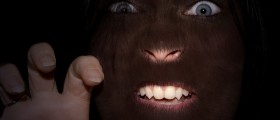

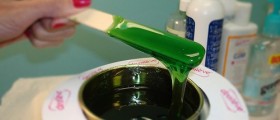
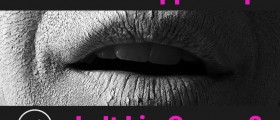

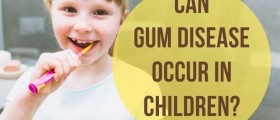
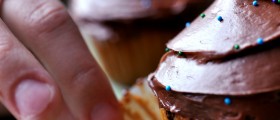
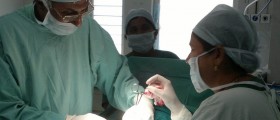


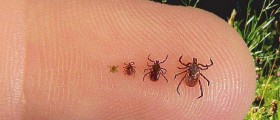
-In-Infants-And-Older-Children_f_280x120.jpg)
Your thoughts on this
Loading...